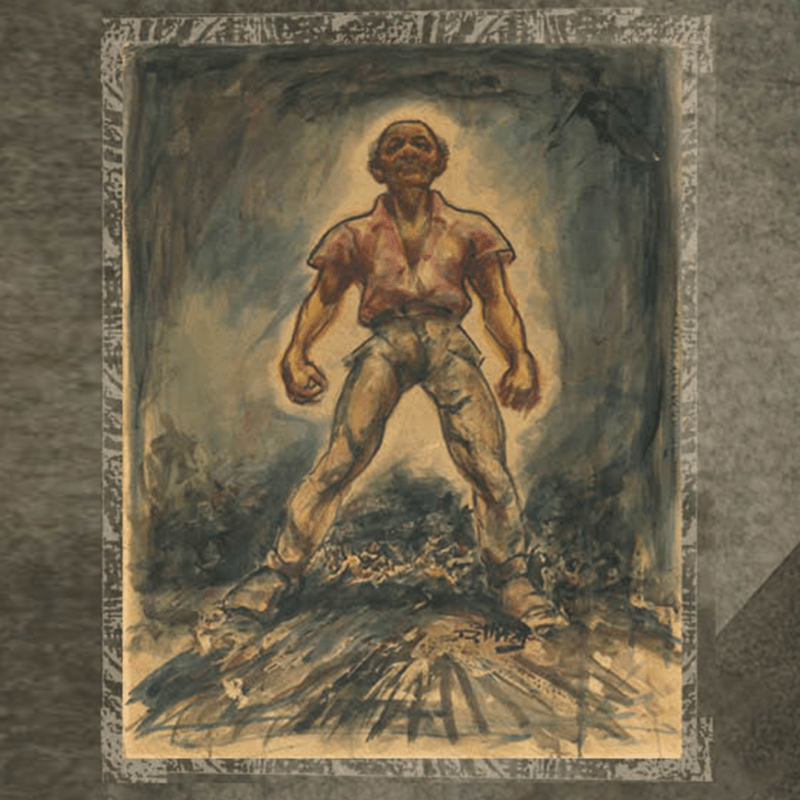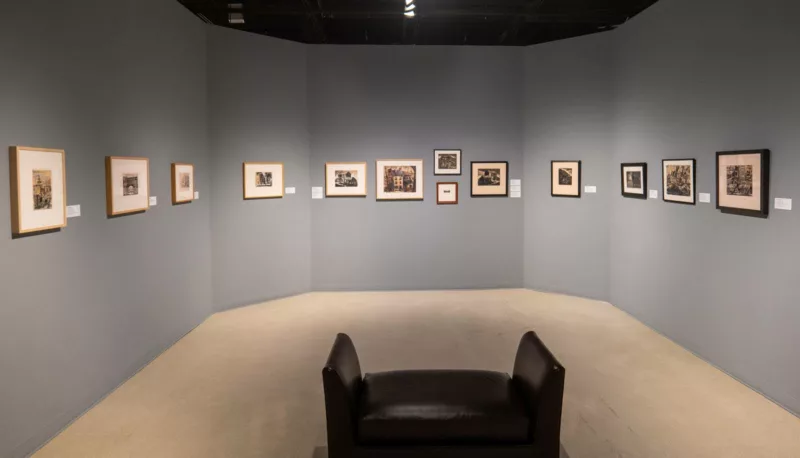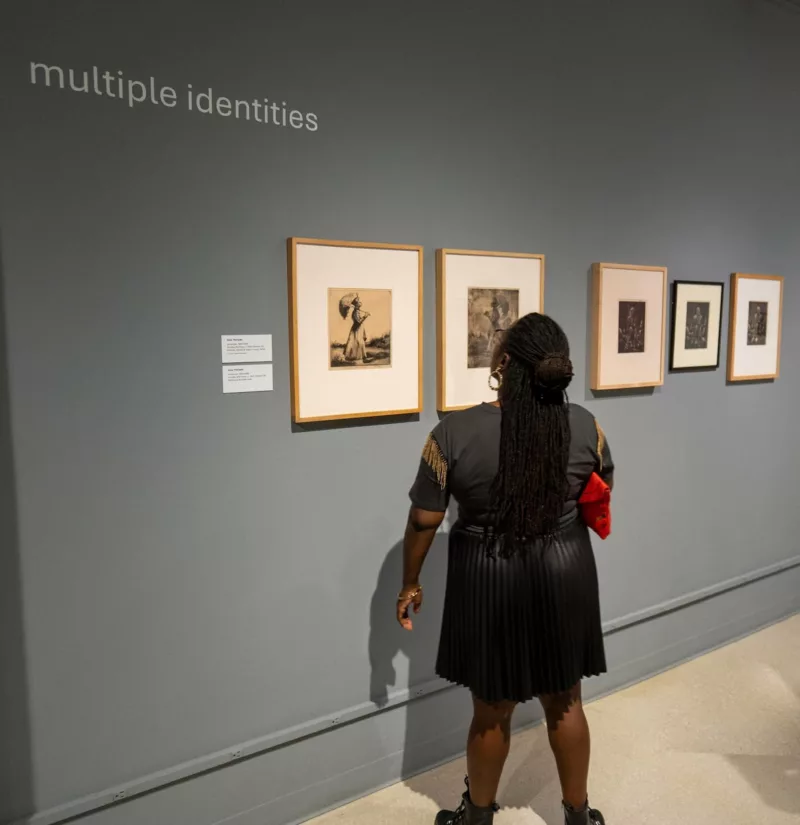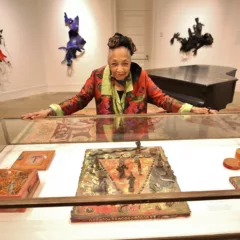
The African American Museum in Philadelphia hosted a must-see exhibition titled “IMPRINT: Dox Thrash Black Life, and American Culture.” Dox Thrash was a visionary black artist who left an indelible mark on the art world. Known for his groundbreaking printmaking techniques and evocative portrayals of everyday life, Thrash’s work continues to captivate audiences. Now a new exhibition at the AAMP has shown a spotlight on his extraordinary legacy.

Born in Griffin, Georgia, in 1893, Dox Thrash’s artistic journey took a significant leap forward when he was able to enroll at the School of the Art Institute of Chicago. This experience exposed him to new techniques and ideas that would profoundly shape his artistic vision. He enlisted in the Army during World War I and in the 1920s, Thrash relocated to Philadelphia.
Thrash’s art is a view into everyday life from laborers hard at work to tender family moments, his subjects are imbued with dignity and resilience, and his print “Sunday Morning” captures just this feeling. The reverse image is displayed next to it, “Sunday Afternoon”, and it contains different textures which I found fascinating. “Sunday Morning” captures an elegant going woman on her way to church with her bag and umbrella. “Sunday Afternoon” shows her return now with a child in tow.

There are also images depicting horrific events such as “After the Lynching.” By portraying his community with such nuance and respect, Thrash countered the negative stereotypes that were all too common in mainstream media of the time. His work “Cabin Days” addresses the life and plight of sharecroppers in the South. This show offers a comprehensive look at Thrash’s impressive body of work, featuring a stunning array of prints, drawings, paintings, and color carborundum prints. In the show, I was able to explore Thrash’s innovative techniques and the powerful themes he explored throughout his career. Knowing that he lived in Philadelphia for the majority of his life I came in thinking that I would connect to his work through our relationship to the city, and at points I could. But overwhelmingly I realized how different the city was at the time and how much more difficult his experience must have been. A reminder of both how far we’ve come and why we must continue to work towards equality. His work is at the same time hopeful and realistic. An example I found very familiar was “Philadelphia Street Scene” as well as “News Corner (Ninth and Ridge)”.
Thrash was not just an artist; he was an innovator. His development of the carborundum mezzotint revolutionized printmaking. Originally he dubbed the method Opheliagraph after his mother who had passed away in 1936. This technique, which uses a gritty substance to create rich, velvety tones, allowed Thrash to achieve a remarkable depth and realism in his prints. Thrash’s work from this period is a vivid portrayal of city life, capturing both the struggles and the triumphs of his community with unparalleled authenticity. Works such as “Heave!” and “Help Wanted” show that jobs were often difficult, and in Thrash’s personal experience inaccessible. He created “Pier 27” showing dock workers unloading a ship while Thrash himself was unable to gain employment at the Philly Navy Yard because he was black.
During the Great Depression Thrash was the first Black artist to be employed by the Fine Art Workshop, a WPA program. The late 1930’s were a particularly prolific time of his work. While at the Fine Art Workshop, he helped develop the Carborundum process as well as mentored other future Philadelphia artists such as Raymond Steth. His impact and status were further established when he was selected by Alain Locke in 1939 to be included in exhibitions in Baltimore, Chicago and New York.
Dox Thrash was more than an artist; he was a trailblazer who used his talent to illuminate his experience with authenticity and artistry. The latest exhibition at the African American Museum in Philadelphia celebrated his legacy, offered a fresh look at his remarkable career with nearly 100 examples of his work. As visitors walked through the gallery, they were reminded of the power of art to capture the human spirit and drive social change. Thrash’s work continues to inspire and resonate. The show closed on August 4th, 2024.










